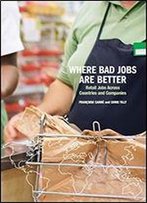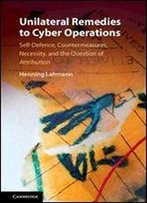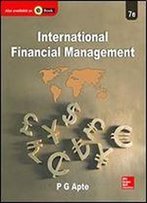
Cost-minimizing Choice Behavior In Transportation Planning: A Theoretical Framework For Logit Models (advances In Spatial Science)
by Sven B. Erlander /
2010 / English / PDF
1.1 MB Download
This book stems from a desire to understand the underlying assumptions and structure of the choice probability models most often used in transportation planning. The book investigates how far a new way of defining cost minimizing behavior can take us. All commonly used choice probability distributions of the logit type – log linear probability functions – follow from cost minimizing behavior defined in the new way; some new nested models also appear. The new approach provides a deeper understanding of what is at work in the models. The new way of defining cost minimizing behavior is as follows: cost minimizing behavior pertains if the likelihood (probability) of any independent sample of observations is a decreasing function of the average cost of the sample. Extreme value distributed random variables are not used in the derivation of models. A measure of freedom of choice related to the Shannon measure of how much "choice" is involved is used to obtain a welfare measure which is equal to composite cost.
This book stems from a desire to understand the underlying assumptions and structure of the choice probability models most often used in transportation planning. The book investigates how far a new way of defining cost minimizing behavior can take us. All commonly used choice probability distributions of the logit type – log linear probability functions – follow from cost minimizing behavior defined in the new way; some new nested models also appear. The new approach provides a deeper understanding of what is at work in the models. The new way of defining cost minimizing behavior is as follows: cost minimizing behavior pertains if the likelihood (probability) of any independent sample of observations is a decreasing function of the average cost of the sample. Extreme value distributed random variables are not used in the derivation of models. A measure of freedom of choice related to the Shannon measure of how much "choice" is involved is used to obtain a welfare measure which is equal to composite cost.










